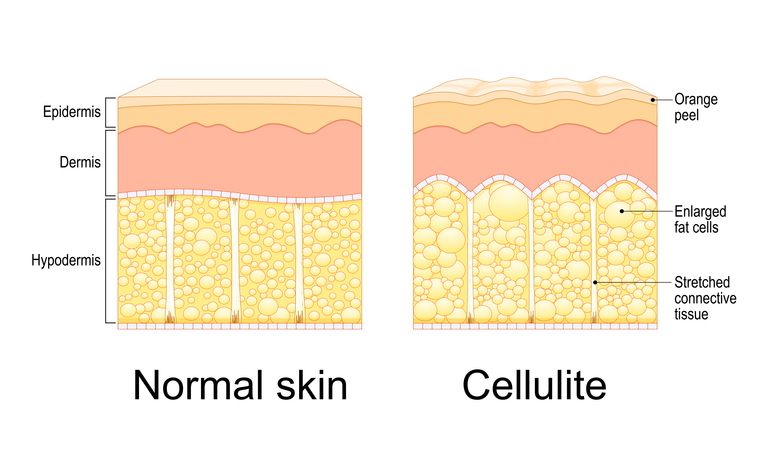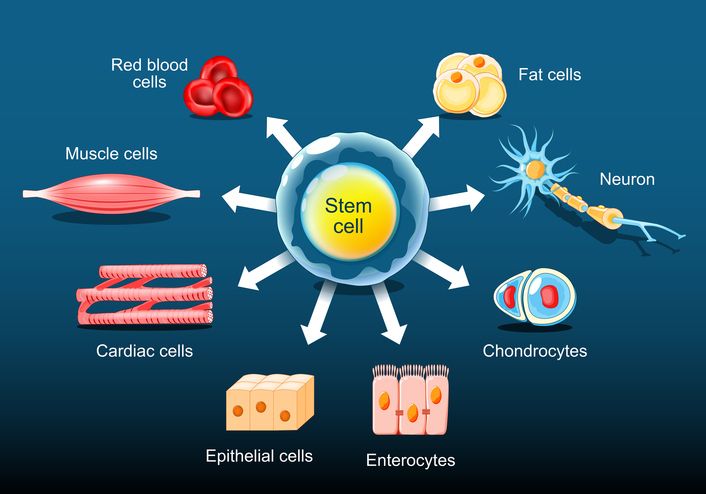

Book Now to Experience
S6 Body Sculpting Treatment
1 Minute Self-Registration
Date should not be before minimal date
Author: Natalie Ng|23 April 2025
You’re trying to lose weight, eat better, maybe even follow a balanced diet — but the scale’s not moving. Sound familiar? It’s not always about lack of effort. A lot of the time, the problem comes down to common diet mistakes that most people don’t even realize they’re making. These slip-ups can show up in subtle ways: eating too few calories, skipping meals, drinking sugary drinks, or choosing foods that seem healthy but are actually packed with added sugar or refined carbs. Even an eating plan that looks good on paper can backfire if it’s too restrictive or leaves you feeling hungry all the time. The truth is, weight loss isn’t just about eating healthy or exercising more. It’s about how all your choices — food intake, calorie intake, energy levels, even unrealistic goals — add up across the day. And when something’s off, progress slows. Understanding what’s getting in the way is the first step. Keep reading to find out what might be behind your slower weight loss and how to get back on track.

1
Underestimating Your Daily Calorie Intake

Why It Happens
How It Affects Your Progress
What You Can Do

2
Falling for “Low-Fat” and “Sugar-Free” Marketing Claims

Why These Claims Can Be Misleading
The Risks of Artificial Sweeteners
How to Avoid This Common Diet Mistake
Read More

3
Not Planning Meals in Advance
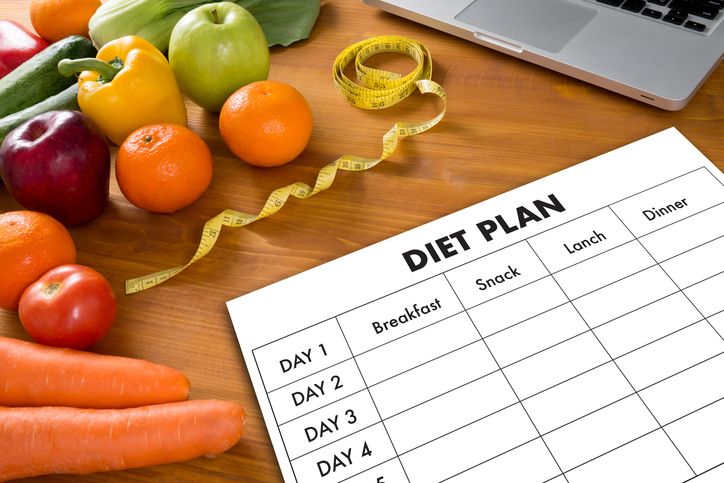
Why Meal Planning Matters
The Benefits of Planning Ahead

4
Skipping Post-Workout Nutrition
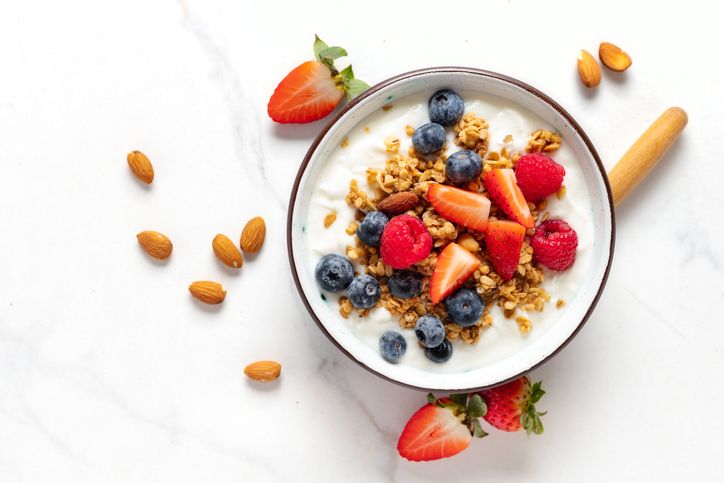
Why Post-Workout Nutrition Matters
What to Eat After Exercise

Book Now to Experience
S6 Body Sculpting Treatment
1 Minute Self-Registration
Date should not be before minimal date

5
Ignoring the Role of Sleep and Stress

How Sleep Affects Weight
How Stress Impacts Eating Habits
What You Can Do

6
Drinking Your Calories Without Realizing It
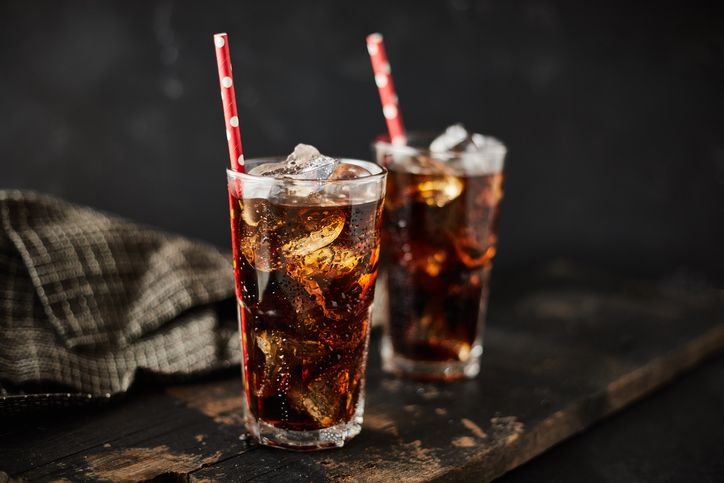
Where Hidden Liquid Calories Come From
Why This Slows Weight Loss
How to Cut Back
Read More

7
Relying Too Heavily on Exercise to Offset Poor Eating Habits

Why Exercise Alone Isn’t Enough
The Problem with the “Burn and Earn” Mentality
What Works Better

8
Skipping Breakfast or Eating the Wrong First Meal

Why Breakfast Affects Weight Loss
What to Eat Instead
Skipping Can Lead to Overeating Later

Book Now to Experience
S6 Body Sculpting Treatment
1 Minute Self-Registration
Date should not be before minimal date

9
Setting Unrealistic Weight Loss Goals

Why Unrealistic Goals Backfire
What Realistic Progress Looks Like

10
Not Tracking What You Eat Consistently

Why Tracking Matters
What to Track
Make It Work for You
Read More

11
A Smarter Way to Support Fat Loss: S6 Body Sculpting Treatment

Why Diet Alone Isn’t Always Enough
What Is S6 Body Sculpting Treatment?
How S6 Supports Your Weight Loss Journey
Ready to Target Stubborn Fat?
FAQ
Can Certain Medications Affect My Weight Loss Progress?
Medications can impact your weight loss journey. You'll find that antidepressants, steroids, beta-blockers, and insulin treatments often influence your metabolism and appetite. Don't feel discouraged - you're not alone in this challenge. Talk to your healthcare provider about adjusting dosages or exploring alternative medications that won't interfere with your weight management goals.
How Do Hormonal Changes Impact My Metabolism and Diet Results?
Hormonal fluctuations can substantially impact your metabolism and weight management journey. When your hormones aren't balanced, you'll notice changes in hunger levels, cravings, and how your body stores fat. Stress hormones like cortisol can make you hold onto weight, while thyroid imbalances slow your metabolism. Birth control, menopause, and even lack of sleep affect your hormones, making it harder to achieve your desired results.
Is Eating Organic Food Necessary for Successful Weight Loss?
While organic food can be a healthier choice due to fewer pesticides and additives, it's not essential for shedding pounds. You'll lose weight whether your apple is organic or conventional, as long as you maintain a caloric deficit and balanced nutrition. Focus on portion control and whole foods instead of the organic label.
Should I Take Supplements to Enhance My Diet Results?
While supplements can support your overall health, they aren't magic pills for weight loss. You'll get better results by focusing on whole foods first. If you're eating a balanced diet, you probably don't need many supplements. However, you might benefit from basics like vitamin D, omega-3s, or a multivitamin to fill nutritional gaps. Always check with your healthcare provider before starting any supplements.
How Often Should I Adjust My Calorie Goals During Weight Loss?
You'll want to assess and adjust your calorie goals every 2-4 weeks as your body changes. When you're losing weight, you're becoming lighter, burning fewer calories, and adapting metabolically. Track your progress through measurements, photos, and scale weight - when you hit a plateau for two consecutive weeks, reduce your calories by 100-200 per day. Stay flexible and listen to your body's signals along the way.

Book Now to Experience
S6 Body Sculpting Treatment
1 Minute Self-Registration
Date should not be before minimal date
Recommended Articles
COPYRIGHT© NEW BEAUTY MANAGEMENT LIMITED 2025. ALL RIGHT RESERVED.

